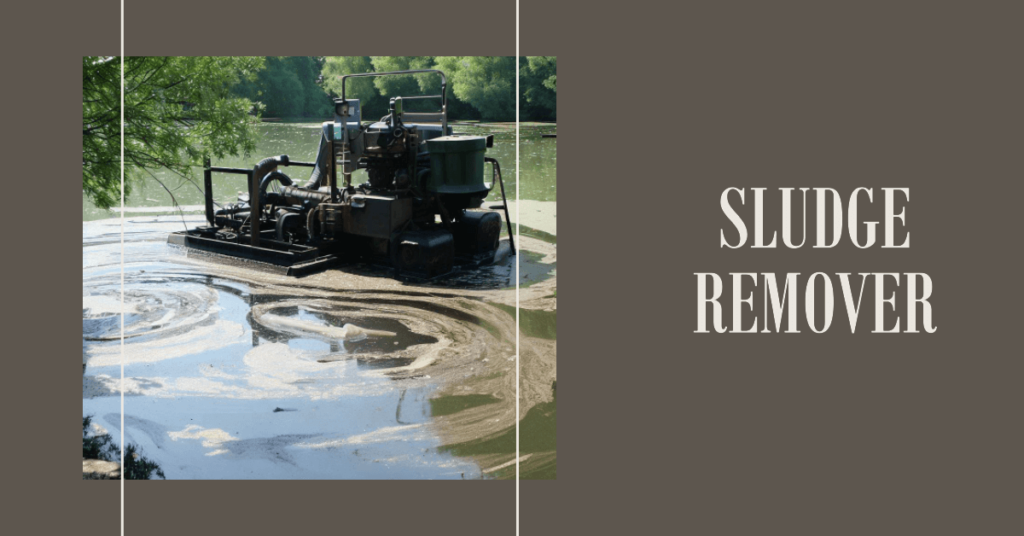
Ponds play a crucial role in the ecosystem as they provide habitats for diverse flora and fauna, purify water, and act as natural flood control systems. Their health is vital for maintaining ecological balance.
Sludge is a common problem in ponds, resulting from the accumulation of organic matter such as decaying plants and animal waste. This buildup can have detrimental effects on the pond ecosystem, including reduced oxygen levels and water quality issues.
Sludge removers are an effective solution for maintaining healthy ponds by eliminating excessive sludge. These removers come in various forms, including mechanical, biological, and chemical methods.
This essay aims to discuss the different types of sludge removers, their benefits, and potential drawbacks.
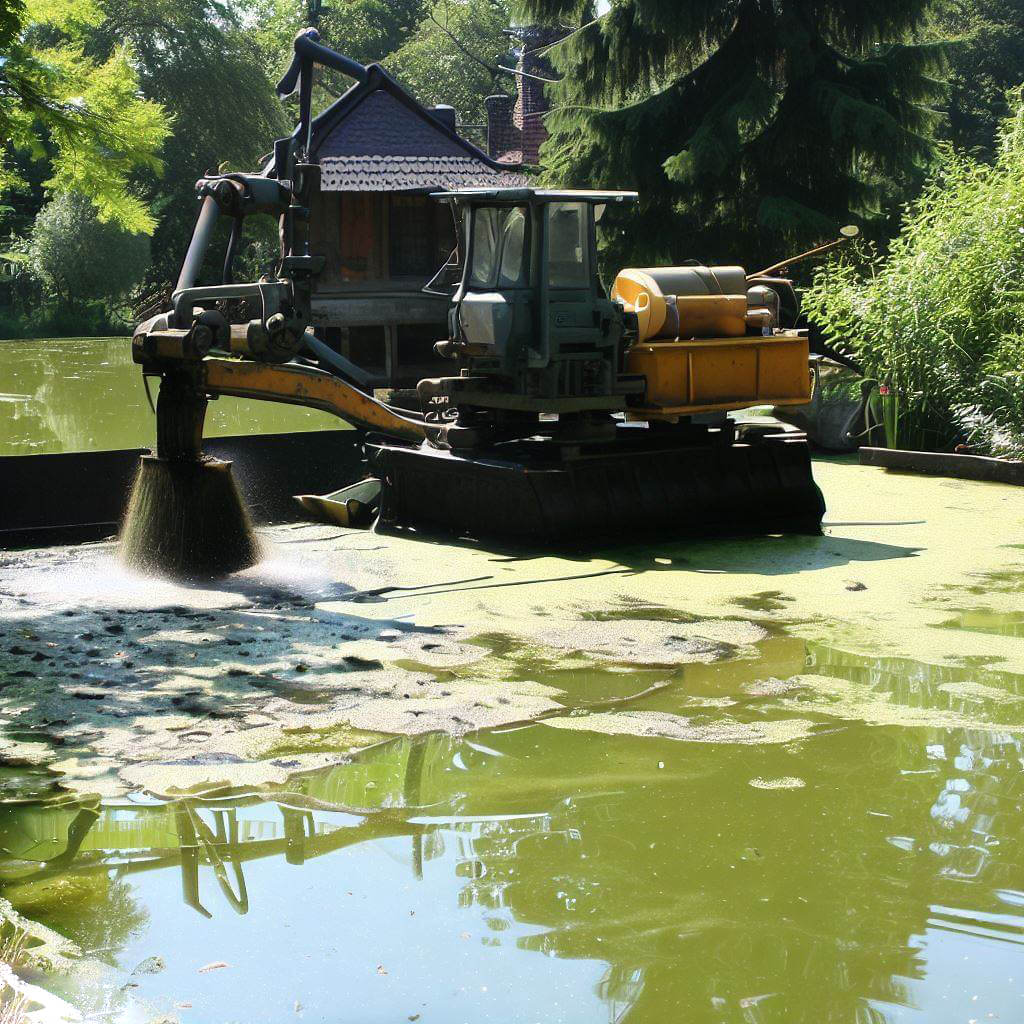
Natural processes, such as decaying plants and animal waste, contribute to sludge buildup in ponds.
Human activities, like runoff from urban areas or agricultural land, also contribute to the accumulation of sludge in ponds.
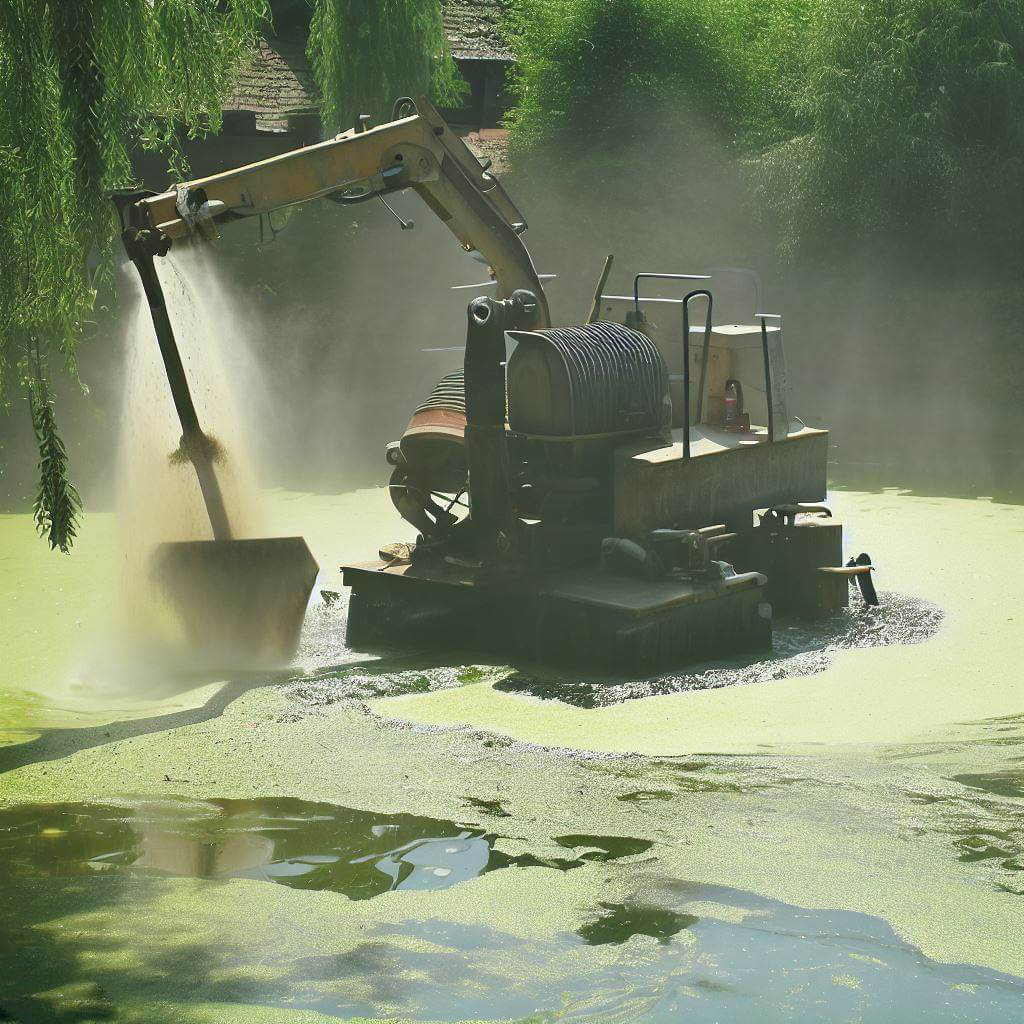
Excessive sludge reduces oxygen levels in the water, leading to fish kills and negatively affecting other aquatic life.
Algal blooms can occur due to sludge buildup, causing water quality problems and posing risks to both humans and wildlife.
Excessive sludge negatively impacts the aesthetic value of ponds, making them unattractive and even emitting foul odors.
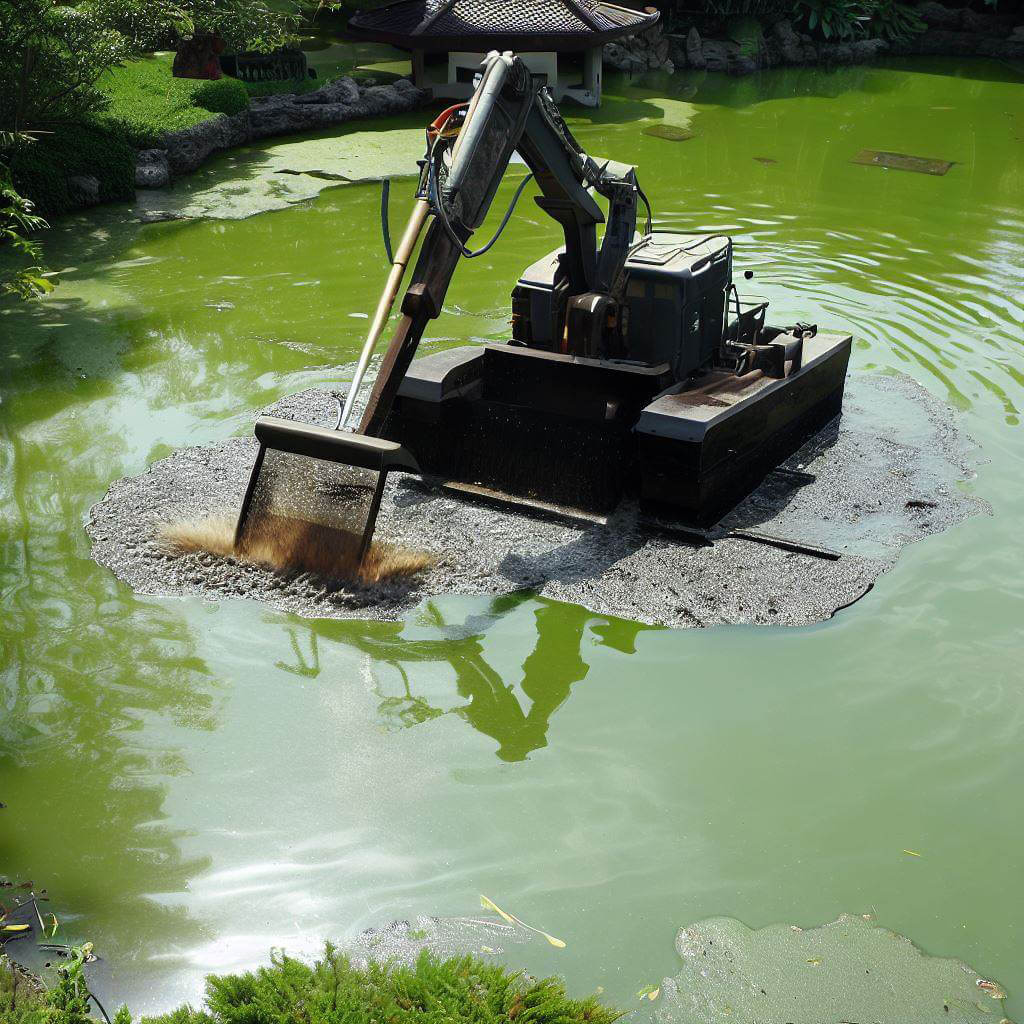
Dredging is a common method of sludge removal that involves physically removing sludge from the pond's bottom.
Pond vacuums are another mechanical method used to suck up sludge from the pond floor.
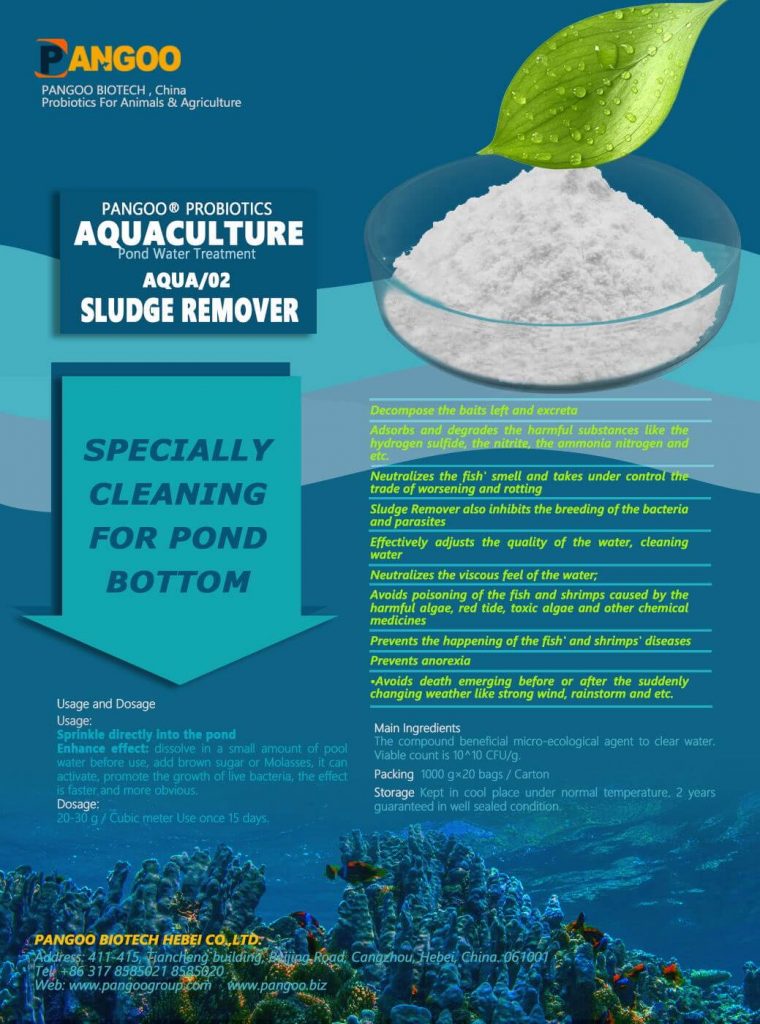
Products like Aqua Photosynthetic Bacteria and BioAqua introduce beneficial bacteria and enzymes that break down sludge naturally.
Certain fish species can help reduce sludge by feeding on organic matter present in the pond.
Flocculants, like Sludge Remover, cause sludge particles to clump together, making it easier to remove them.
Other chemical treatments, such as pH Conditioners and AN Pond Cleaner, help improve water quality and facilitate sludge removal.
The pond's size and depth will influence the appropriate sludge removal method.
Different sludge removers target specific types and quantities of sludge, so it's essential to identify the nature of the sludge present in the pond and select a suitable removal method accordingly. This will ensure effective and efficient sludge management, contributing to the overall health of the pond.
Considering the surrounding flora and fauna is essential when choosing a sludge remover to minimize harm to the ecosystem.
Budget constraints and maintenance needs will also influence the choice of a suitable sludge remover.
Sludge removers help improve water quality and clarity, promoting a healthier environment for aquatic life.
By reducing sludge and improving oxygen levels, sludge removers help prevent fish kills and support a thriving aquatic ecosystem.
A clean pond with minimal sludge is visually appealing, contributing to the overall aesthetic value of the area.
Sludge removers help maintain a balanced pond ecosystem, protecting biodiversity and promoting ecological stability.
Some sludge removal methods may inadvertently harm aquatic life and plants if not used responsibly.
Certain sludge removal techniques, such as dredging, can be costly and labor-intensive.
Over-removal of sludge can disrupt the pond's ecosystem, causing an imbalance that could harm aquatic life.
Maintaining healthy ponds is crucial for preserving the ecosystem and promoting biodiversity. Sludge removers play a vital role in addressing sludge buildup, which can negatively impact pond health.
Various types of sludge removers, such as mechanical, biological, and chemical methods, offer distinct benefits and potential drawbacks. Understanding these factors is essential when selecting the most appropriate solution for a specific pond.
Responsible sludge removal is necessary for protecting pond ecosystems and ensuring long-term ecological balance.
Continued research and development of eco-friendly and efficient sludge removal methods will contribute to the long-term health of ponds and their surrounding ecosystems. By investing in innovative solutions, we can ensure the preservation and sustainability of these vital ecological resources.